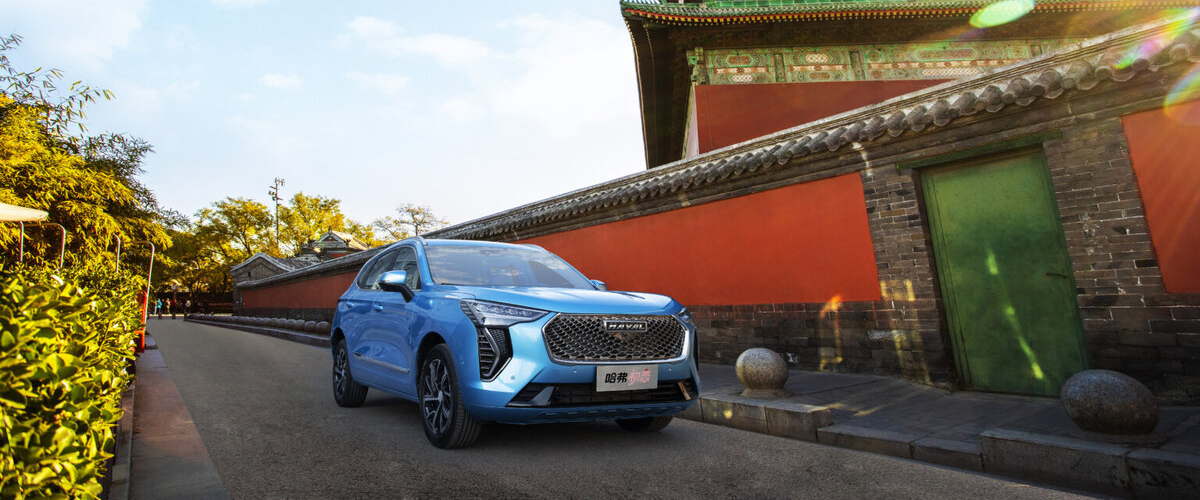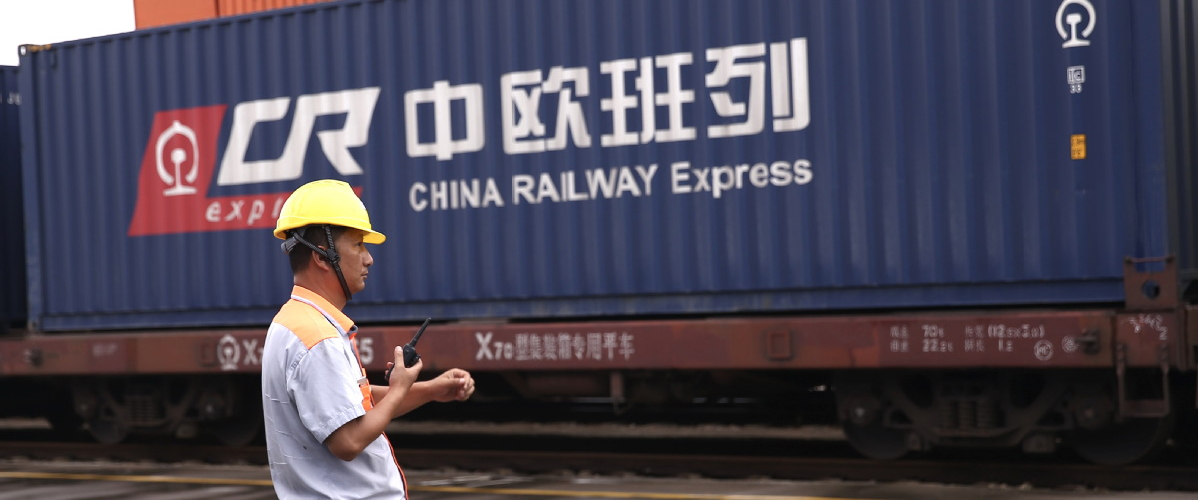“This is a record”: Chinese products are replacing European ones on the Russian market. Trucks have already won
Russia and China were brought together for several reasons, and both sides managed to take advantage of them. Commenting on the bilateral cooperation between Moscow and Beijing, Russian Foreign Minister Sergei Lavrov noted the “mutual interest of citizens” in “strengthening cooperation” – in 2021, the volume of bilateral trade exceeded $140 billion, with “record figures” expected by the end of 2022.

Russia and China were brought together for several reasons, and both sides managed to take advantage of them. Commenting on the bilateral cooperation between Moscow and Beijing, Russian Foreign Minister Sergei Lavrov noted the “mutual interest of citizens” in “strengthening cooperation” – in 2021, the volume of bilateral trade exceeded $140 billion, and “record figures” are expected by the end of 2022.
According to the General Administration of Customs of the People’s Republic of China for 9 months of 2022, trade turnover between Russia and China increased year-on-year by 32.5%, amounting to $136.08 billion. The main increase was due to Russian goods and services, which grew by 51.6% or to $83.84 billion.
The reasons for the growth, according to Alexei Skopin, a professor at the Department of Regional Studies at Moscow Humanitarian University, voiced by Rossiyskaya Gazeta, are simple: instead of Europe, Russian oil and gas went to China. Actually, the success of trade turnover lies in energy resources – oil, natural gas and coal account for about 70% of the cost of goods flowing from Russia to China.
And although China’s needs are less than European ones, energy supplies will increase – the PRC economy is growing, the country is in no hurry to reduce the share of coal and natural gas. Why not take advantage of a neighbor who has an abundance of these energy resources, and buyers are not lining up?
In addition to oil and gas, timber, metals, minerals, and agricultural products go to China. In return, Russia receives smartphones, industrial and special equipment, children’s toys, shoes, cars and trucks, air conditioners, and computers.Over the first 9 months of 2022, Russia’s imports from China increased by 10.3% and amounted to $52.24 billion.
Most imported products made in China replace European products. The best example that has been felt in Belarus is cars. If in the first quarter of 2022, according to the analytical agency Autostat, every tenth car sold in Russia was Chinese, then at the beginning of October, the PRC’s share in the passenger car market was 30.3%.
A similar situation applies to trucks – in the first week of September 2022, Chinese auto brands – Shanaxi, FAW, HOWO and Sitrak took all four places in the TOP 5 after KAMAZ. The total shares of all Russian and Chinese-made trucks are almost equal.
According to 9 months of data, sales of trucks made in China have increased almost 3 times, and by the end of 2022, Autostat predicts, they will occupy 26–27% of the Russian truck market. For comparison: in 2021, the share of Chinese cars was 7%. The difference is noticeable.
According to experts, the desire to switch car enthusiasts and professional drivers to Chinese cars is explained by the importance of the automobile industry in the eyes of the Chinese, which is considered the engine of economic growth.
If we talk about passenger vehicles, it is noteworthy that the Chinese managed to replace not cheap cars, leaving the championship behind Lada, but the middle price segment, mainly crossovers. A little more – and Chinese-assembled cars will be looked at with the same respect as recently BMW and Mercedes-Benz.Commenting on trade turnover with China to TASS, First Deputy Head of the Federal Customs Service Ruslan Davydov emphasized: customs expects another record from trade turnover with its eastern partner.
“There are different figures,” said the specialist, “from 170 to 180 billion dollars in turnover. These are probably fairly objective figures.”
According to experts, China has managed to replace trade with Europe by 30-40%.
What’s next?
